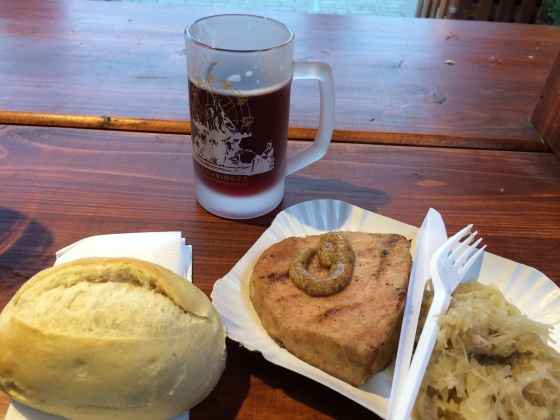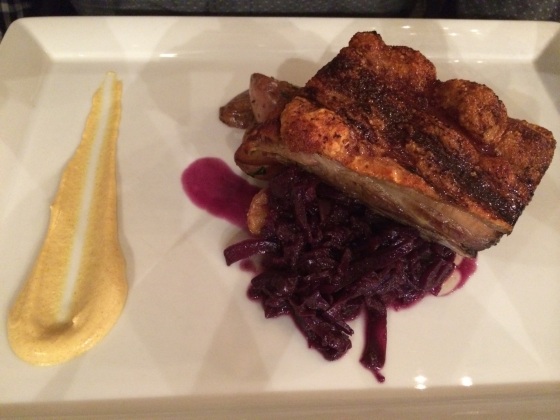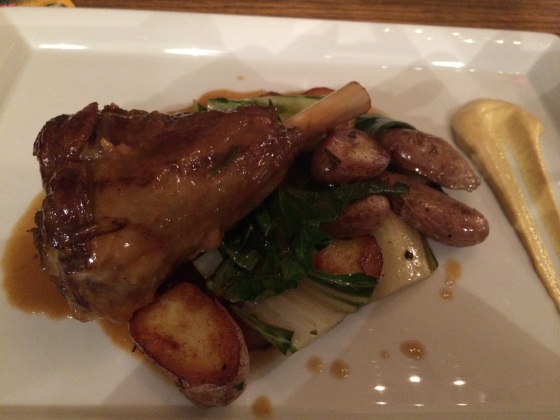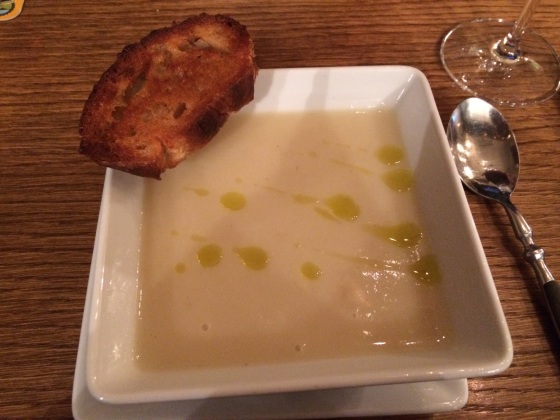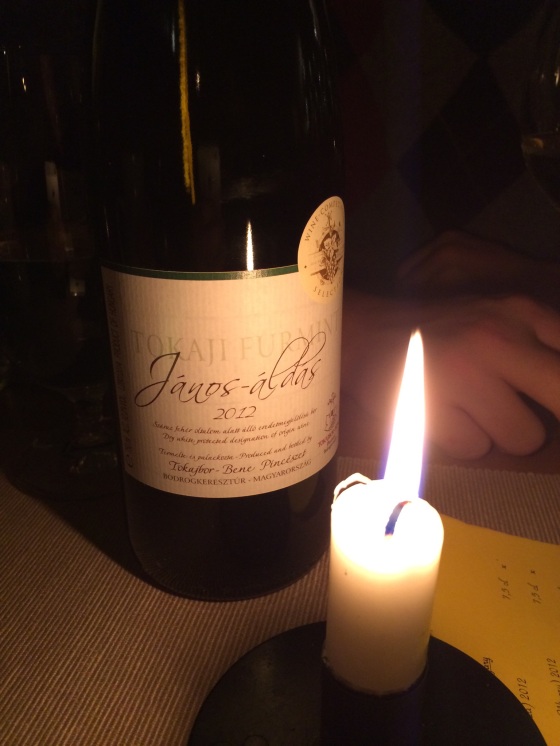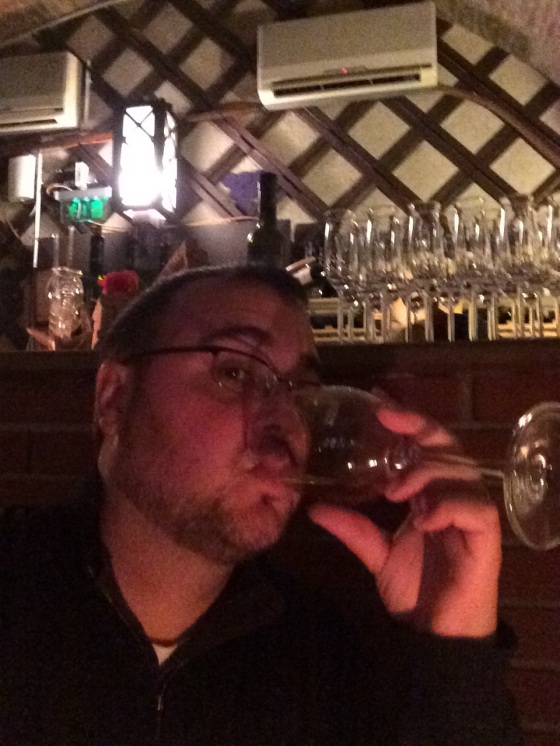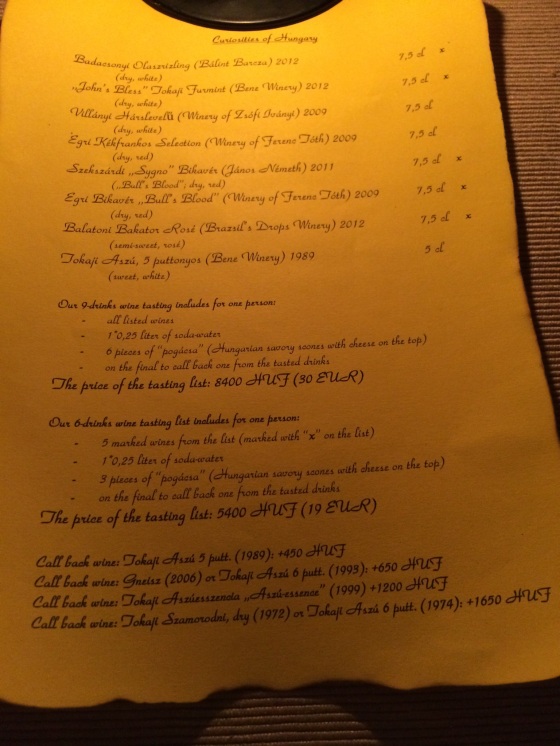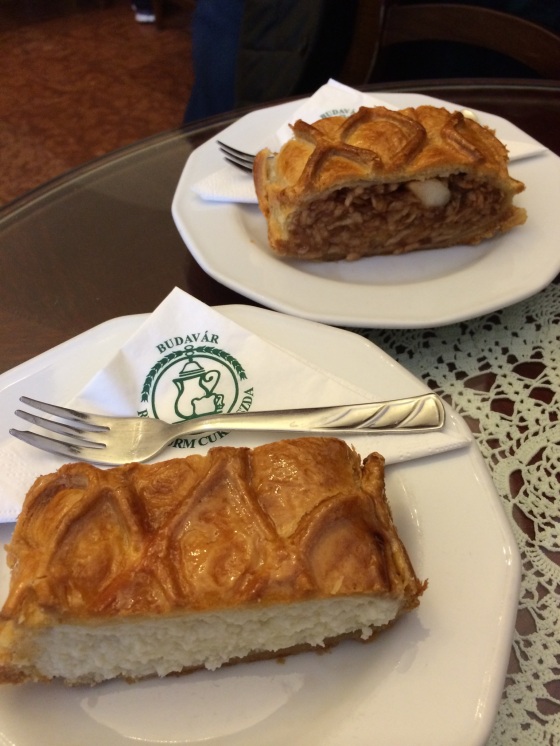Tip for visiting Berlin: book the Reichstag visit online. We didn’t, so we waited for close to an hour in the freezing cold to get a ticket for the next day. It was worth it.
The Reichstag houses the German parliament called the Bundestag. The building was used from it’s opening in 1894 until 1933, and sat unused until reunification in 1990 when it underwent a massive renovation. It reopened in 1999 with a new visitors dome. From the dome we could see the entire city, and the view was beautiful. The ramp along the dome affords a downward view into the parliament chamber, an example of government being transparent. Definitely a highlight of the trip.

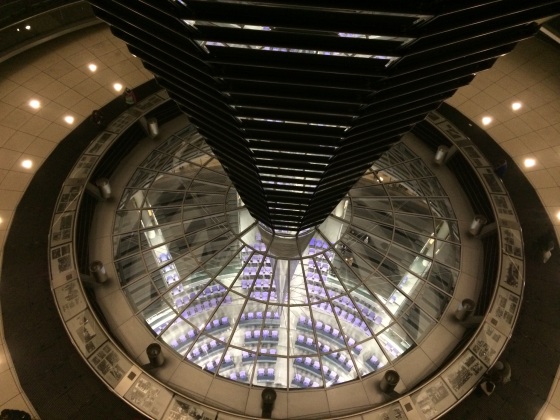
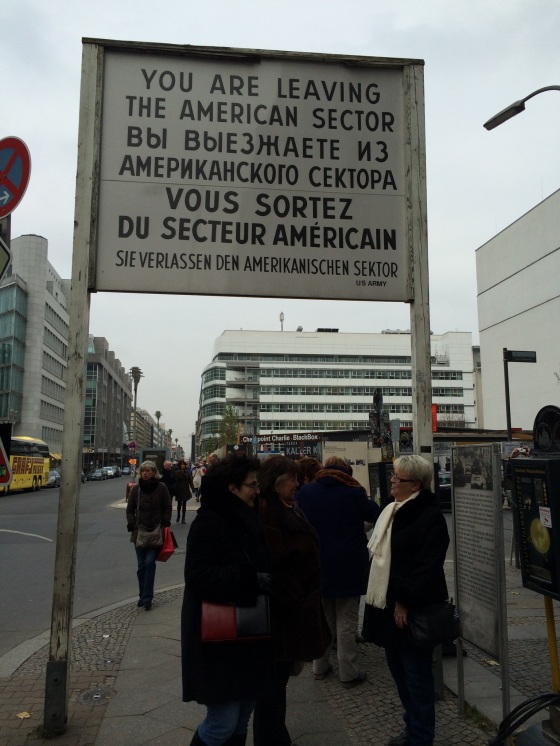
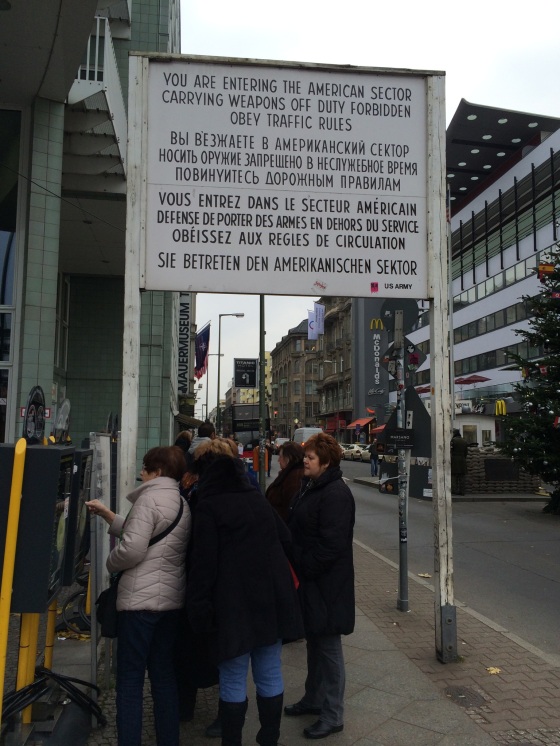

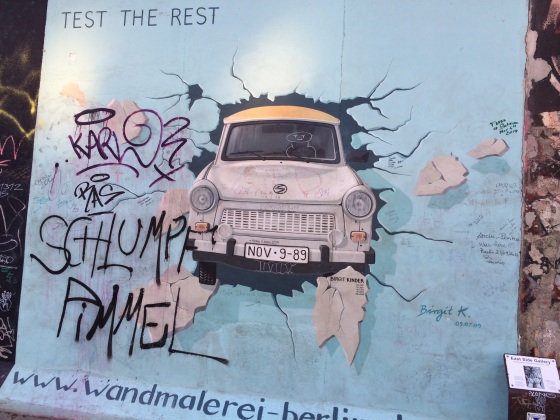
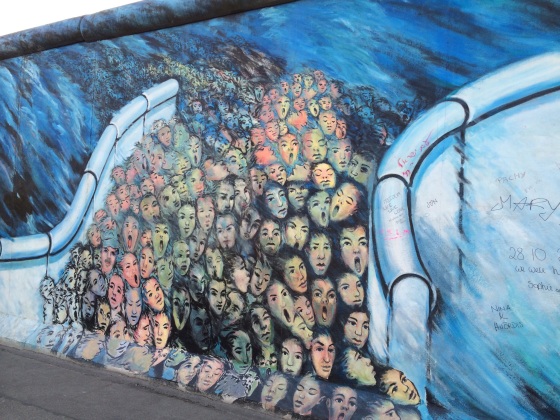

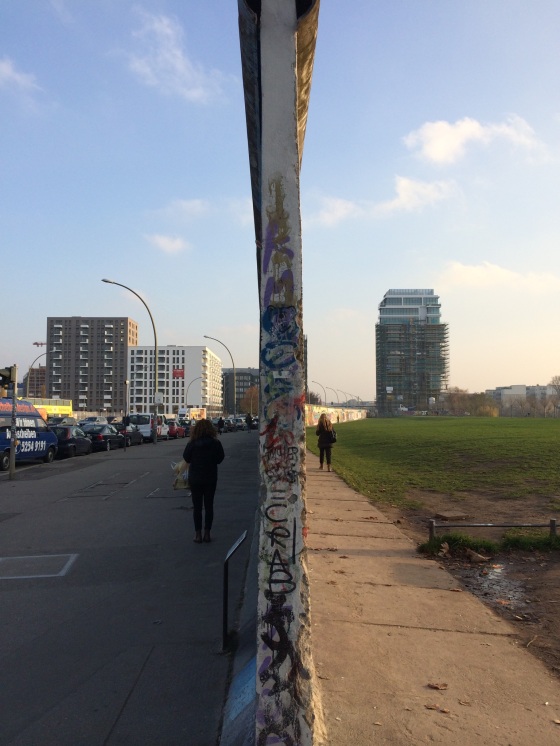
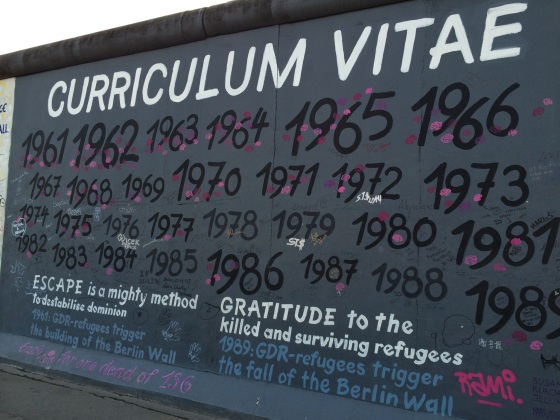
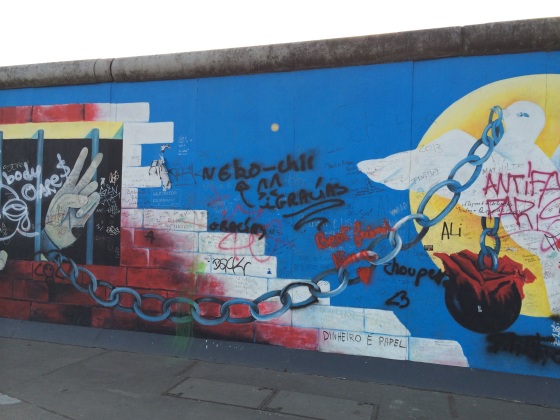

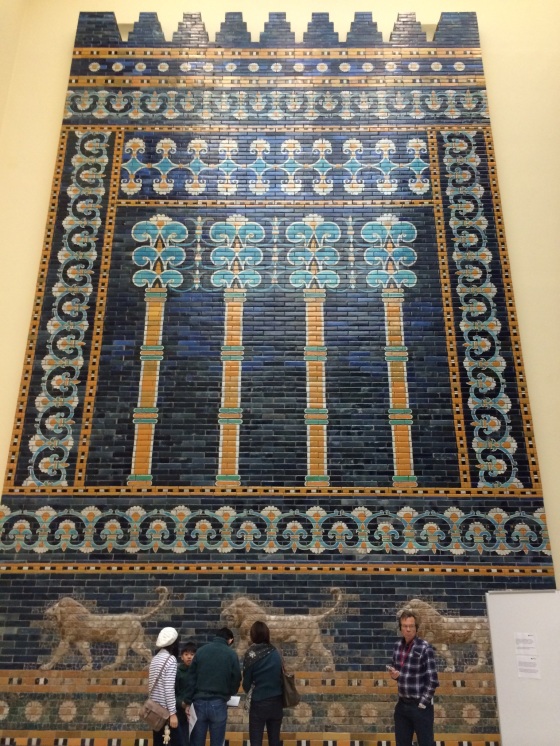


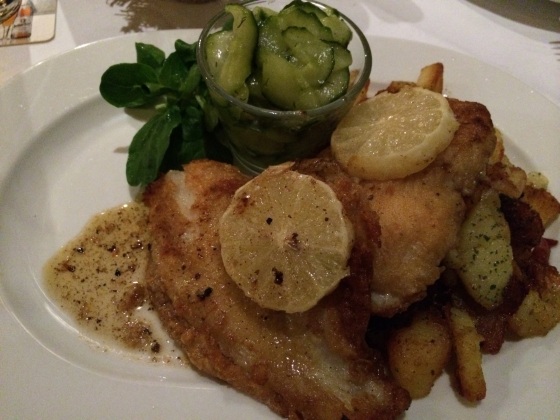 </a
</a



